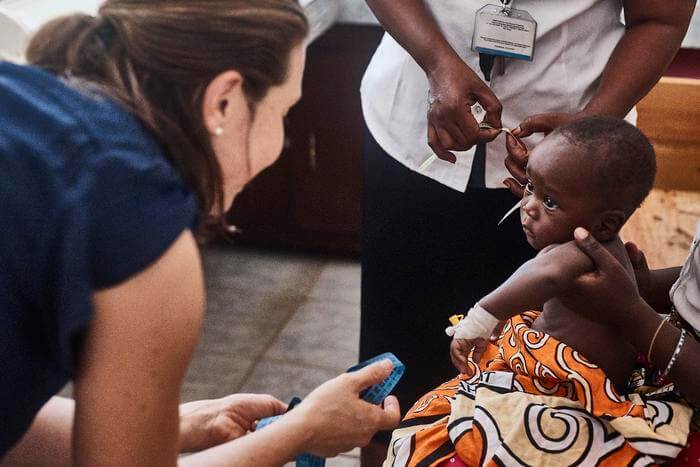Infection
Many antibiotics for common childhood infections no longer effective, study warns
SYDNEY, Australia — The rising prevalence of antibiotic resistance is leading to an alarming increase in the number of young children dying from conditions such as pneumonia, according to researchers from the University of Sydney. Their study revealed that many antibiotics are now less than 50 percent effective in treating infections, including pneumonia, sepsis, and meningitis in infants and young children, resulting in thousands of unnecessary deaths each year.
In their findings, the researchers pointed out that ceftriaxone, an antibiotic commonly prescribed in Australia, is only effective in one out of three cases of sepsis-related meningitis in newborns. Despite its low efficacy, this antibiotic remains widely used. Furthermore, the team highlighted that numerous antibiotics that are currently failing are still endorsed by the World Health Organisation (WHO). This has led the researchers to urgently call for an update to the existing guidelines, the last of which were established in 2013.
The WHO has since recognized antimicrobial resistance (AMR) as one of the top 10 public health threats facing humanity. The experts involved in the study argued that AMR is particularly detrimental to children, as new antibiotics are less likely to be tested on and subsequently made available to this demographic. Regions such as Southeast Asia and the Pacific, including neighboring countries like Indonesia and the Philippines, are the most severely impacted.
Globally, approximately 570,000 newborns succumb to sepsis annually, with many of these deaths attributed to the inability of antibiotics to treat resistant strains of bacteria. Dr. Phoebe Williams from the University’s School of Public Health, who led the study, emphasized the gravity of the situation and called for increased funding to research antibiotic treatments for children.
“We are not immune to this problem – the burden of anti-microbial resistance is on our doorstep,” Williams says in a media release. “Antibiotic resistance is rising more rapidly than we realize. We urgently need new solutions to stop invasive multidrug-resistant infections and the needless deaths of thousands of children each year.”
“Antibiotic clinical focus on adults and too often children and newborns are left out. That means we have very limited options and data for new treatments,” Dr. Wiliams continues.
Despite its ineffectiveness, ceftriaxone continues to be a common choice for treating pneumonia and urinary tract infections in children in Australia. Additionally, gentamicin, another antibiotic, was found to be potentially effective in less than half of all childhood cases of sepsis and meningitis. It is commonly prescribed alongside aminopenicillins, which have also been deemed ineffective in treating bloodstream infections in infants and children.
Currently, Dr. Williams is investigating Fosfomycin, an older antibiotic, as a potential temporary solution for treating multidrug-resistant urinary tract infections in Australian children. The comprehensive review, which assessed the efficacy of antibiotics in children with common infections, analyzed 6,648 bacterial cases across 11 countries and 86 publications.
“This study reveals important problems regarding the availability of effective antibiotics to treat serious infections in children,” says senior author Paul Turner, director of the Cambodia Oxford Medical Research Unit at Angkor Hospital for Children.
“It also highlights the ongoing need for high quality laboratory data to monitor the AMR situation, which will facilitate timely changes to be made to treatment guidelines.”
The study is published in The Lancet Regional Health – Southeast Asia.
You might also be interested in:
South West News Service writer Pol Allingham contributed to this report.



